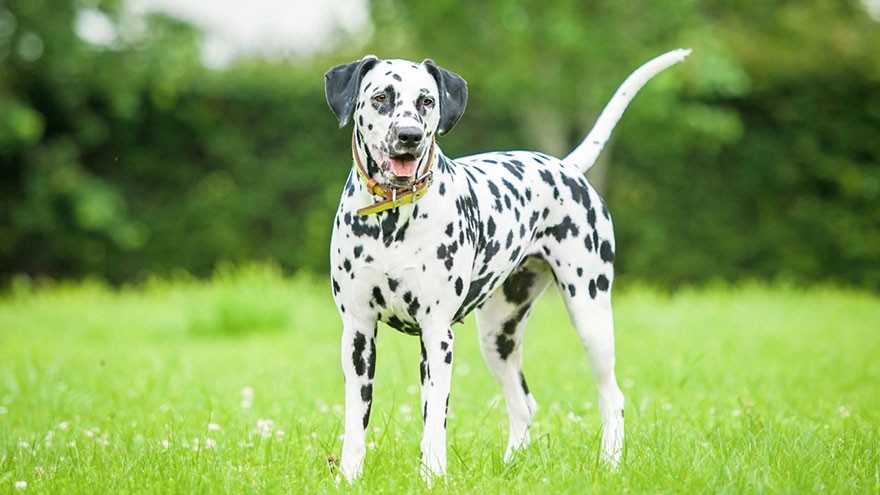Dalmatian Training Guide
One of the first things you should know about Dalmatians as a breed is that they are very friendly and playful animals, and love to be with you and around you most of the time.
We urge you to use this natural tendency in training your pet and getting them comfortable in their new home, but do not rely on their great personality alone.
The Dalmatian, if left alone for a long time, can become destructive, not because they turn mean but because their natural energy and playfulness pushes them to stay active and involved in something.
How to Train Dalmatian
With this in mind, most owners will find that the Dalmatian is quite easy to housebreak and train to follow basic rules. They can be wonderful companions to children, especially if the breeder has made the effort to socialize them properly.
Their medium size and general sturdiness allows them to play and romp with family members without risk of serious injury to either the dog or the person. However, as with all dogs, some limits should be set so that your puppy will know from the start that some things are fine and others are not.
Dalmatians are very intelligent and willing to learn, if the owner uses firm and consistent methods. However, the breed is naturally sensitive, meaning it does not respond well to physical punishment. Prevention in housebreaking and other training is always the best method with this breed.

One misconception about Dalmatians is that they are “hyper” dogs, but this is because people mistake the breed’s natural energy and playfulness as hyperactivity. If you will spend a good amount of time with your new dog and make sure that outside exercise is part of the daily routine, you should not have to be worried about an overactive pet.
Dalmatians have the lean, sturdy lines similar to pointers and other working dogs and have excellent endurance. They were bred to work with their owners and have always been quite comfortable around horses and horse drawn vehicles.
For this reason, they are not great yard dogs, to be left alone to entertain themselves and lay about, because they want to be involved with people and even other animals. Males can sometimes be aggressive toward other male dogs, but in general, they are comfortable with other dogs if they were properly socialized at a young age. Dalmatians make good watchdogs and have a strong, distinctive bark that will help in this task.
One of the keys in training a Dalmatian is to use positive reinforcement. The breed can be trained to a high degree of obedience and agility but not when using pain such as jerking or pulling. One trainer emphasizes a toy or treat, as a motivator and has excellent results with Dalmatians because, as a breed, they are eager to please and enjoy learning.
Using a simple sound or word as part of this reinforcement seems to be the best way to train the Dalmatian to respond to verbal commands. A program such as a “puppy kindergarten” should work well for your Dalmatian, as long as the emphasis is on positive response and not on physical punishment.
If you decide to enroll in obedience training with your Dalmatian, it is best to use only a loose lead and to go beyond simple walking and heeling as soon as possible. The Dalmatian is usually a quick learner, responding to higher levels of training if the method is consistent and the experience is positive.
Dalmatians are said to have a long memory and can recall harsh treatment for a long time after it happens. Make the learning a good experience for you and for your new pet and you will have many great times with this wonderful breed.
Read More About Dalmatian
- Dalmatian Breed Information
- Dalmatian : 10 Most Common Questions
- Dalmatian Health Guide
- Owning a Dalmatian : Breeder Recommendations

